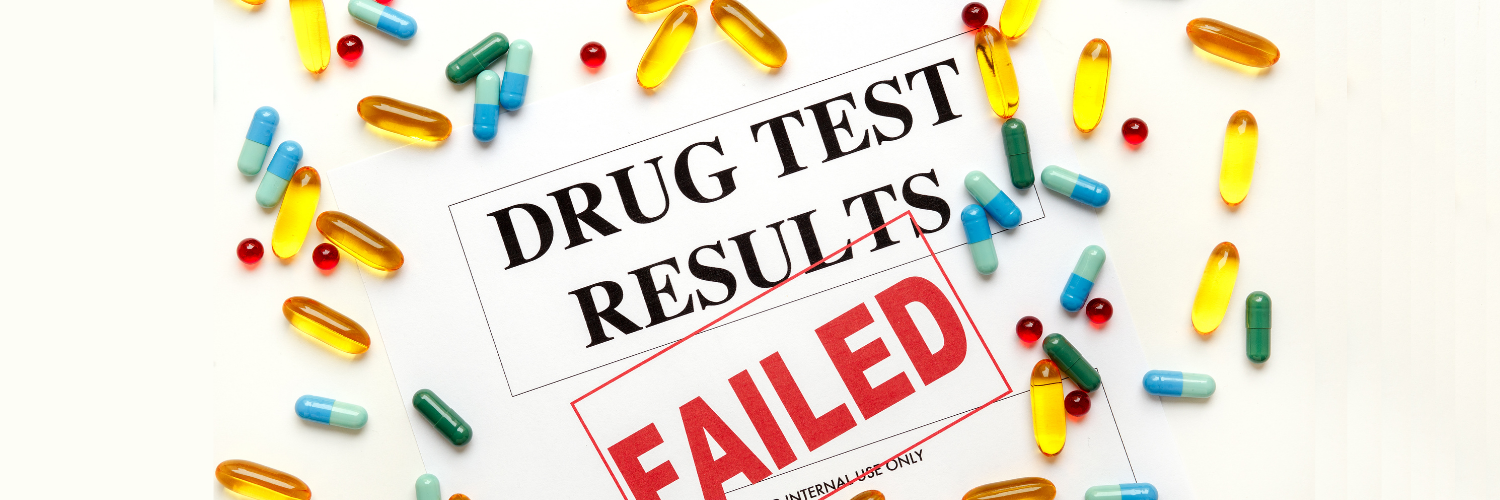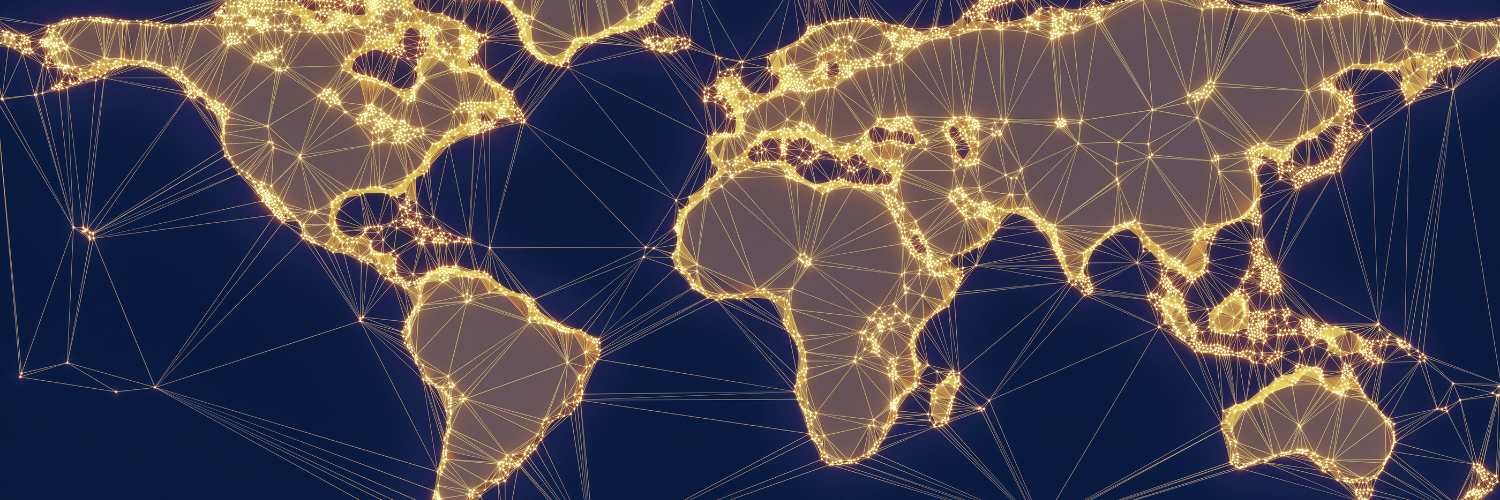Why are brand-name drugs so expensive?

Brand-name drugs are often incredibly expensive, and especially so in the United States. When we write "incredibly" expensive, we mean it. Some brand-name medications that treat cancer cost hundreds of thousands of dollars per year. Even commonly prescribed brand-name drugs can cost thousands of dollars a year.
Some Examples of Expensive Brand-name Drugs in the U.S.
Kymriah
- Treats: Acute lymphoblastic leukemia
- Price tag: $475,000
Sovaldi
- Treats: Hepatitis C
- Price tag: $1,000 per pill for a three-month treatment that usually totals $84,000
Tecfidera
- Treats: Multiple sclerosis
- Price tag: about $9,000 a month
Xarelto
- Treats: Blood clots
- Price tag: about $1,500 for a 90-day supply
Januvia
- Treats: Type 2 diabetes
- Price tag: almost $1,600 for a 90-day supply
Reasons Why Brand-name Medication Costs are High
Drug Patents
Generally, drug companies with a patent on a medicine have the exclusive right to sell that drug. In the U.S., drug patents last for 20 years. Patents are granted on the date of application to the U.S. Patent and Trademark Office, but that doesn't grant the drug company permission to sell it right away.
First, the company must apply for FDA approval. After approval, it will have the exclusive right to sell the drug. For some drugs, that's a majority of the 20-year patent term, in which there is no generic or brand competition in the marketplace for that medication.
Since there is no competition, drug companies charge whatever the market will allow to maximize profits. This is often referred to as monopoly pricing on brand-name drugs.
Market Exclusivity
The FDA can grant market exclusivity to a drug company for a time period different from and/or additional to the patent term. That's another reason for monopoly pricing. One example is the Orphan Drug Exclusivity Extension of seven years. Orphan drugs are ones that treat people for rare diseases. During this period, a generic drug competitor is prevented from coming to market, even if it's after the normal patent term.
Read FDA's FAQs on Patents and Market Exclusivity
Demand (your money or your life)
Obviously, life-saving prescription drugs are not like other products. Someone may want to buy the latest and best smart phone but will accept that it's just too expensive. The demand for a phone is strong but certainly not life or death. If a sick person needs a drug to get better or stay alive, then they will try and pay to obtain it, even if they go bankrupt. Cancer patients are two times more likely to file for bankruptcy. The drug companies know that people truly need their products and will price them as high as possible.
Government Price Controls and Negotiations
The U.S. does not negotiate drug prices with pharmaceutical manufacturers, at least not to the extent that other countries do, which explains our much higher drug prices. We do have drug price controls for Medicaid enrollees under 65 and in the Veterans Health Administration. However, we don't have them for the general population and Medicare, which is the largest government-subsidized health program.
In most other high-income countries, the government reimburses or pays for medical costs of their citizens. They have enormous negotiating power with pharmaceutical companies to lower drug prices and keep prices for brand-name medications much lower than in the U.S.
For example, Canada's Patented Medicine Prices Review Board generally ensures that new drugs cost no more than the median price of the drug in seven other countries: France, Germany, Italy, Sweden, Switzerland, United Kingdom and the United States.
That doesn't mean that other countries don't have and are not concerned with high brand-name drug prices. Even with greater government intervention, many countries are facing serious budget problems from the cost of patented drugs.
Evergreening and Other Patent Games
Pharmaceutical manufacturers have developed strategies to extend their exclusivity on a drug beyond original patent expiration dates. Increasing the exclusivity on a drug prevents a less expensive generic from coming to market.
One common tactic is commonly referred to as evergreening. Manufacturers obtain a new patent on a product that is slightly different than the original, such as longer-acting formulations or combinations of two existing drugs into one pill. The result is an extended, evergreened patent.
Brand drug companies will sometimes make a deal with a generic drug company, where the former pays the latter not to introduce a generic. The technical term is reverse payment patent settlement, but the scheme is better known as pay-for-delay.
Insurance will just cover it, right?
Insurance will often cover the price of your brand-name medications, but not always, and that is only if you have insurance. About 30 million Americans do not have health insurance.
If you do have insurance, you usually don't pay the list price at the pharmacy. Prices are so high because the drug company knows your insurance will pay for most of it. Those high drug prices, however, hit the insured through ever-increasing premiums, deductibles, drug co-payments and/or co-insurance.
Usual Co-pay Costs in Your Drug Formulary
- Tier 1 generic drugs are usually about $10-15
- Tier 2 preferred brand drugs are about $25-50
- Tier 3 non-preferred brand drugs are about $50-75
Co-pays can add up if you're taking more than one medication.
Super expensive drugs now can fall into a Tier 4 category where you're expected to pay co-insurance, which is a percentage of the drug's cost — not a copay. For people taking these drugs, the costs can reach thousands of dollars out-of-pocket a year.
What can patients do to lower their drug costs?
1. Order Brand Medications from Verified Online Pharmacies
The same or foreign brand-name versions of medications sold in the United States are available for sale in other countries and can be purchased from online pharmacies verified through the PharmacyChecker Verification Program. The more commonly prescribed brand-name drugs sold by verified international pharmacies are usually between 50-90% cheaper than at your local pharmacy.
Compare Prices for Medications
2. Print Drug Discount Coupons in the U.S.
Drug discount cards and coupons are excellent for generic drug savings but not so much for brands. On generics, savings often range between 50-80%. If you prefer to shop at your local U.S. pharmacy, scroll past the international pharmacy options on the price comparison page for your medication. At the bottom of the page, you'll see a box that says "Find Prices at U.S. Local Pharmacies." Enter your ZIP Code to find the discounts available in your area.
3. Qualify for Patient Assistance Programs
For super expensive drugs, such as Sovaldi, Ocrevus, and Humira, we have a search tool for patient assistance programs. Many pharmaceutical companies offer aid with the cost of medications through patient assistance programs. The problem is often the eligibility requirements. People with the lowest incomes are most likely to be eligible, but middle-income Americans should look into them as well. Programs range from covering all to part of the cost of your drug.




